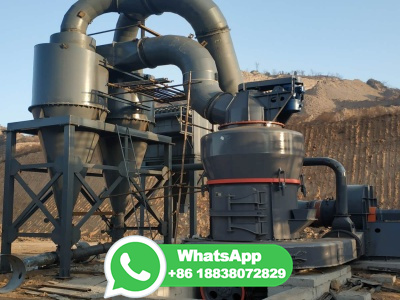Kinetic Modelling of Different Bauxite Types in the Bayer Leaching Process
WEBJul 1, 2010 · In the Bayer process, the bauxite dissolves in a sodium. hydroxide solution at temperatures ranging from 373 to 543. K depending on the form of alumina in the bauxite [1,10]. Dissolution ...


























